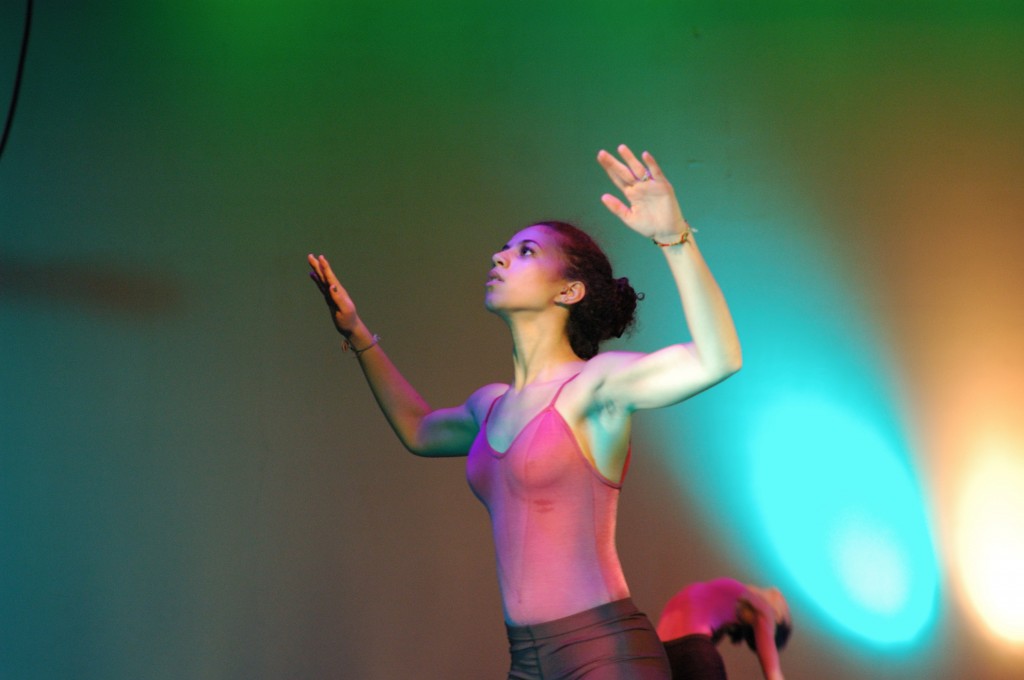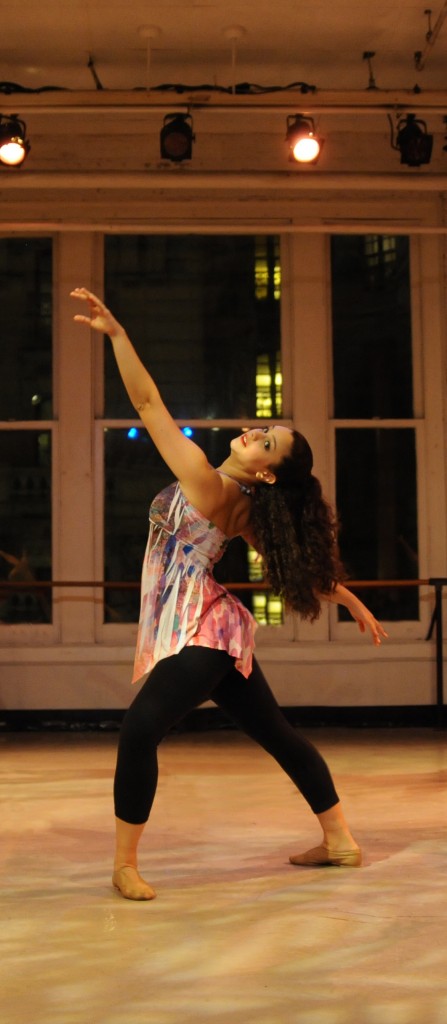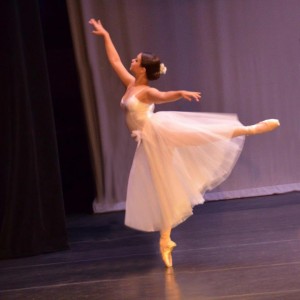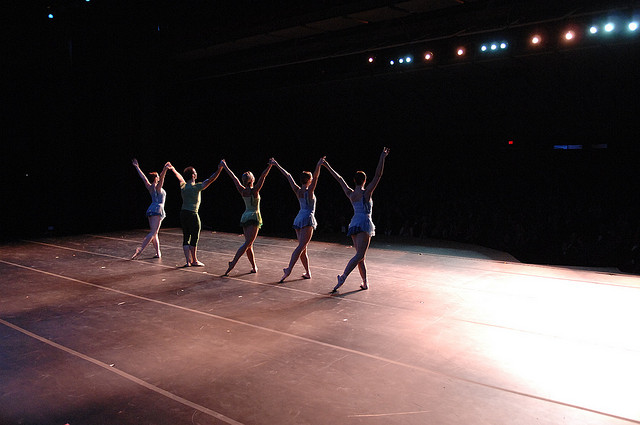
by Karen Musey
September is here! The back to school vibe is high in the air and your dance year is about to begin! It is an exciting time and now is the perfect time to figure out your goals for this dancing season.
I define a goal as something that is specific and measurable, for ex. having clean triple pirouettes on both sides in all of my disciplines; not something vague like I want to be a better turner.
Stating your goal allows you to feel empowered with your progress as a dancer. It is good to stick to one goal at a time, so you can really zero in and complete it. Having too many goals splits focus and often less is accomplished. When youʼve fully integrated a goal into your technique, then you can choose a new one to work towards.
So – where do you want to see yourself a year from now?
Look back
Before you race forward, it is helpful to remember your accomplishments and challenges from the previous year. When you take stock of what happened and how you felt about it, you can make informed choices and set realistic goals for the year.
If you had an easy season where your hard work allowed you to easily achieve your intentions, it is important to take a moment and acknowledge your success! Your future goals will build off of the confidence of your last achievements, and you will get a sense of which challenges you are ready to tackle next.
What if you had a challenging year? Maybe you were working through an injury or other obstacles came up. It is important to take a moment to honor your persistence and dedication through that difficult time. You can build great confidence from a challenging year because adversity builds character and hopefully, stronger self care habits. Many (if not most) well known professional dancers had to work through obstacles to be where they are today. Through patience and their determination to succeed, they eventually met their goals.
Your journey may follow a slightly different path than those around you, but if you can trust yourself and your coaches, you will often surprise yourself with what you can accomplish.
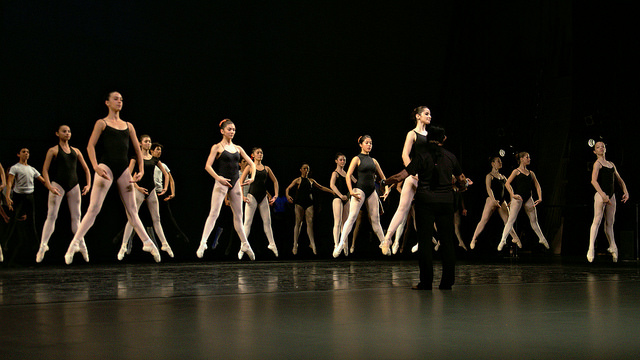
Branch out
How do you want to grow as a dancer this year? Is it mastering a new style of dancing, taking on your first solo, or joining a class as a teacherʼs assistant?
Maybe this is the year that YOU
… choose to be self reliant and remember every step without shadowing another.
… learn the french translation of the steps in your ballet class so you develop a new understanding of the material.
… memorize and accurately pick up the combination the first time it is shown to you.
… be THE cheerleader for yourself and your team – own your success, pump up a friend who feels down, and acknowledge anotherʼs triumph.
…. stand in the front during classes and workshops and really absorb the information given.
…. plan and pack healthier snacks for yourself, to have the energy to carry you through.
…. slow down each technical element to articulate each one 100% correctly, even if you think youʼve already mastered them.
AND
… see yourself as a powerful artist who has something important to offer, every time you look in the mirror.
If your goal feels a little challenging and a bit uncomfortable or scary, and you are still excited to take it on – Congratulations! Youʼve found an awesome way to grow for the year.
Move forward with clarity and confidence
Having a support system is key in accomplishing your goals! Sharing your goals with your fellow dancers and coaches will help you be accountable and stay on track.
Journaling is a popular way to keep tabs on goal progress. Many professional performers keep regular audition and class journals by marking the date and their thoughts of their experience of each performance. This way, they can review their notes and make good decisions moving forward.
For you, setting aside a quick 5 or 10 minutes to write in a short daily or weekly journal is great; just enough time has passed for you to still remember the details of the weekʼs events. Reading your notes can give you clues in how you are moving forward, or if you could approach the goal from a different angle. At the end of the semester when you reread your notes, you will feel fantastic about all of your progress.
All of these small steps will lead you forward to the new challenges you will be rocking later this year. Have an awesome September!

Contributor Karen Musey is a dynamic Canadian born, New York based performer, teacher and dance adjudicator. Her training includes study at Canada’s Royal Winnipeg Ballet Professional Division, The Banff Centre, EDGE PAC (LA), Upright Citizen’s Brigade, The Barrow Group, Kimball Studio, Canada’s National Voice Intensive, Comic Strip Live and more.
Karen Musey judges national and regional dance competitions and festivals across the United States and Canada. She was a Director/Choreographer Observership Candidate during the 2011/12 season with Stage Directors and Choreographers Union and has served as a rehearsal director and dance captain for KOBA Family Entertainment. Karen Musey is an ABT® Certified Teacher, who has successfully completed the ABT® Teacher Training Intensive in Pre-Primary through Level 5 of the ABT® National Training Curriculum. She is a U.S. Member of the International Dance Council CID, recognized by UNESCO.
Performing highlights – PHISH at Madison Square Garden; World Premiere of the Canadian Opera Company’s Das Rheingold (Wagner Ring Cycle); National Artist Program Gala for the 2003 Canada Winter Games; for HRH Queen Elizabeth II during the Golden Jubliee Tour; Chicago (Rainbow Stage); comedy short Foreign Exchange (72 Hour Asian American Film Shootout); music videos for The Guards and Malynda Hale; international tours and performances with The Young Americans, J.A.R. Productions and KOBA Family Entertainment; stand up and sketch comedy around New York; Bravo! documentaries, films and more. She is currently co-writing a play. www.karenmusey.com








